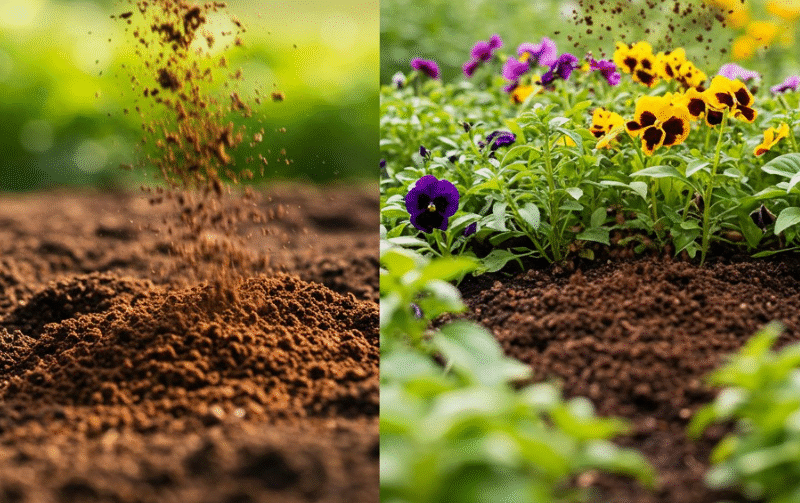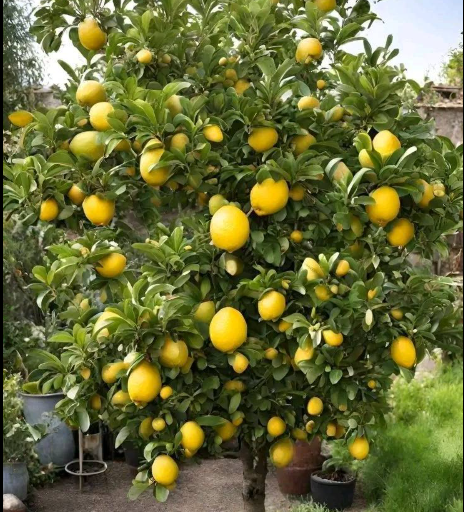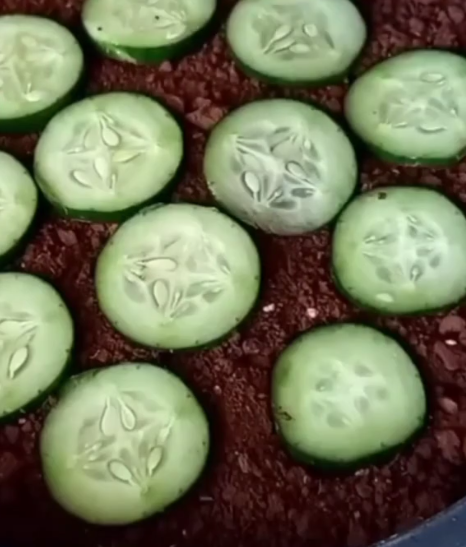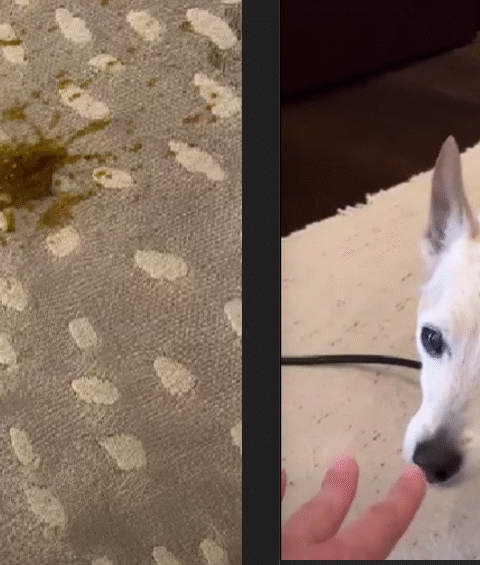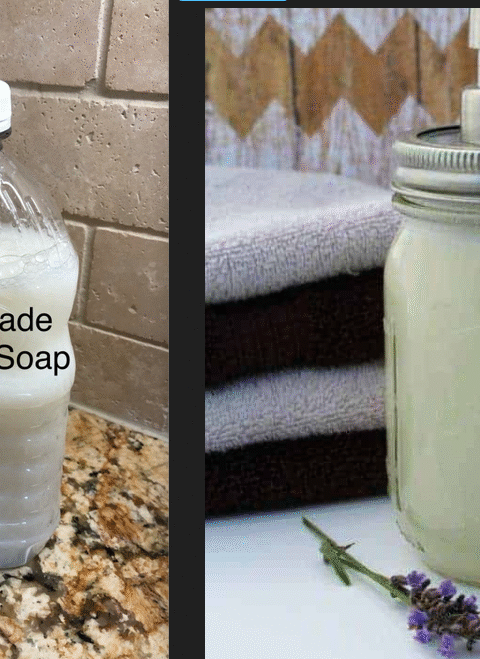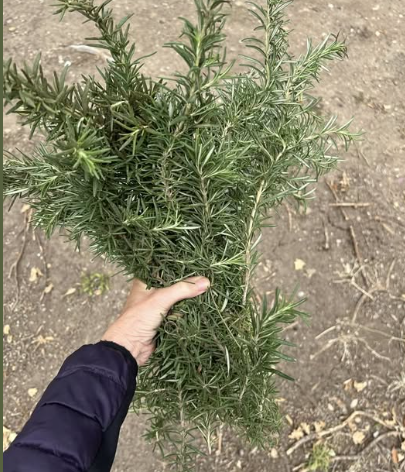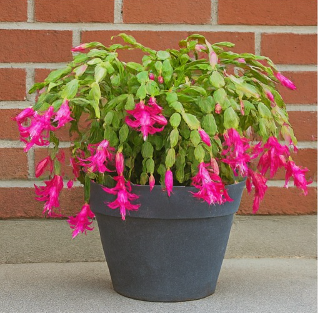Coffee Grounds in the Garden: Avoid These 7 Common Mistakes to Protect Your Plants ☕🌿
Reusing coffee grounds in your garden can enrich the soil, repel pests, and promote plant health—if done correctly. However, many gardeners unknowingly misuse coffee grounds in ways that harm their plants rather than help them. In this article, we’ll explore the benefits of coffee grounds, the top seven mistakes to avoid, expert insights, safety tips, and answers to frequently asked questions.
Why Use Coffee Grounds in the Garden?
Coffee grounds are rich in nitrogen, improve soil texture, attract earthworms, and can suppress weeds and certain pests. They’re an affordable, eco-friendly fertilizer that also helps reduce kitchen waste.
⚠️ The 7 Most Common Mistakes When Using Coffee Grounds
1. Using Coffee Grounds as Mulch
While they may seem like a great mulching option, coffee grounds compact easily and form a water-resistant barrier that prevents moisture from reaching plant roots.
Fix: Always mix coffee grounds with organic materials like leaves or compost before applying as mulch.
2. Applying Too Much at Once
Too many coffee grounds can overwhelm the soil, creating an acidic and anaerobic environment that damages plant roots.
Fix: Use small amounts and spread them evenly. No more than 10-15% of your total compost or soil mix should be coffee grounds.
3. Not Composting Coffee Grounds
Dumping grounds directly into garden beds without composting first can lead to mold growth and imbalanced soil nutrients.
Fix: Compost your coffee grounds with brown materials (leaves, cardboard) to create a well-balanced fertilizer.
4. Using Coffee Grounds Around Acid-Sensitive Plants
Used grounds are mildly acidic and may harm plants that prefer neutral or alkaline soil like lavender, sage, or rosemary.
Fix: Use coffee grounds selectively—preferably for acid-loving plants like blueberries, azaleas, or hydrangeas.
5. Ignoring Caffeine’s Impact
Caffeine can inhibit plant growth by suppressing seed germination and harming beneficial soil microbes.
Fix: Limit your use and avoid applying grounds to seedbeds or delicate young plants.
6. Not Mixing Grounds with Other Soil Amendments
Relying on coffee grounds alone deprives your garden of other necessary nutrients like phosphorus and potassium.
Fix: Combine with compost, banana peels, eggshells, or store-bought fertilizer for a balanced mix.
7. Using Flavored or Sweetened Grounds
Coffee grounds with creamers, sugars, or artificial flavors attract pests and introduce harmful bacteria to your soil.
Fix: Only use plain, black coffee grounds—preferably organic.
☕ Coffee Grounds Nutritional Table
| Component | Benefit | Typical Range |
|---|---|---|
| Nitrogen (N) | Leafy growth & green foliage | ~2% by weight |
| Potassium (K) | Root development, fruiting | ~0.6% |
| Phosphorus (P) | Flowering & fruit setting | ~0.3% |
| Calcium & Magnesium | Cell wall strength, chlorophyll production | Trace amounts |
| Organic Matter | Improves soil structure | 60-70% |
🧠 Expert Insights
- Dr. Leila Nour, Soil Biologist: “Coffee grounds should never be used alone as mulch. Their fine texture makes them act more like a barrier than a benefit unless blended into compost.”
- Prof. Mark Benson, Horticulture Specialist: “Think of coffee grounds as a supplement—not a standalone fertilizer. Composting is key to unlocking their full potential.”
✅ Do’s and Don’ts
- ✅ DO mix grounds into compost or loam
- ✅ DO use with acid-loving plants like azaleas or blueberries
- ❌ DON’T use sugary, flavored, or caffeinated mixes from specialty drinks
- ❌ DON’T dump large quantities in one spot
🌱 10 Common FAQs About Coffee Grounds in the Garden
- Can I use fresh coffee grounds?
It’s better to use spent grounds. Fresh grounds are more acidic and have higher caffeine levels. - How often should I add coffee grounds?
Every 2–3 weeks in small amounts or as part of your compost mix. - Do coffee grounds repel pests?
Yes. They can deter slugs, ants, and even cats when sprinkled around plants. - Can I use them in indoor plants?
Yes, but only when composted or in small amounts mixed into potting soil. - Do they cause mold?
If not properly dried or composted, yes. Always dry before storing or spreading. - Which plants dislike coffee grounds?
Rosemary, lavender, thyme, and most herbs prefer more neutral soils. - How do I store used coffee grounds?
Air-dry them and store in a breathable container to prevent mold growth. - Can I compost coffee filters?
Yes, unbleached filters are fully compostable. - Are coffee grounds good for tomatoes?
In moderation. They add nitrogen but should be balanced with other nutrients. - Do worms like coffee grounds?
Absolutely. Worms are attracted to them and help break them down in compost.
Final Thoughts 🌼
Used wisely, coffee grounds are a fantastic addition to your garden’s soil ecosystem. Just remember to compost, dilute, and combine them with other amendments for best results. Avoiding these seven common mistakes will ensure your plants thrive and your soil remains healthy and balanced.
Happy gardening! 🌿☕
